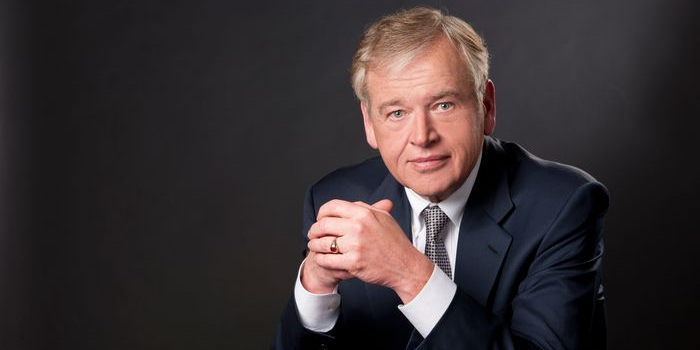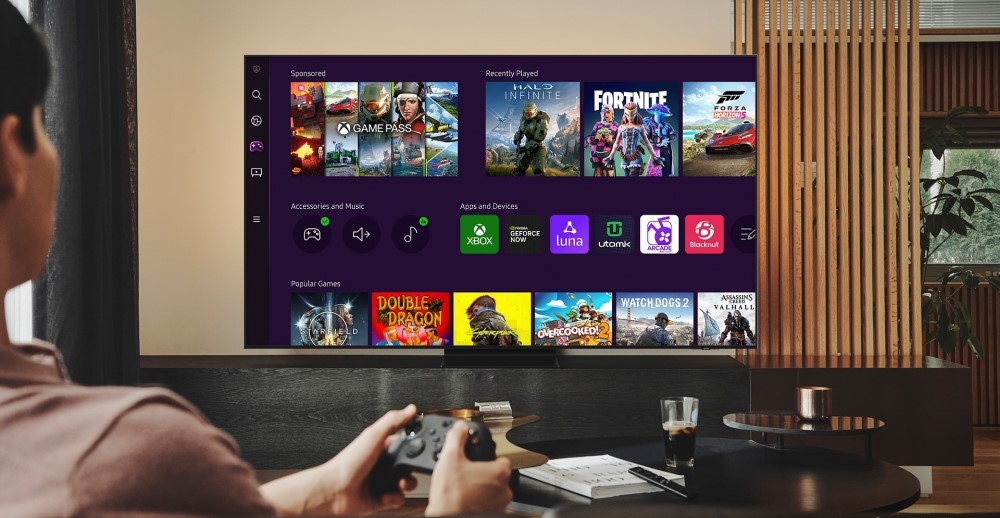Smart AdServer, a French ad tech company, in February took on Gérald Sauvageon, a veteran of Google and DoubleClick, to help push the launch of its new addressable TV product.
While at Google, Sauvageon was responsible for driving Google’s broadcaster-focussed products, and so has had insight into broadcasters’ and pay-TV operators’ shifting attitudes and expectations around addressable advertising over the years. VAN spoke with Sauvageon to hear why telcos have at times been hesitant to invest in addressable advertising, and why Google may have a hard time winning over broadcasters.
Telcos are often seen as being very protective of their customer relationships, and unwilling to compromise those by monetising their first-party data. Is that still the case?
Yes, a few years back telcos often showed some reluctance, but often it was because they wanted to prioritise the user experience. If you talk to set-top box teams, they’re very focussed on user experience, because if you deliver a bad experience, you’ll see subscriber churn.
But set-top box technology has improved over the past few years, which makes addressable advertising less disruptive.
And so far where we’ve integrated with pay TV operators, you can’t see a difference where ads are replaced, because of how we monitor content and manage audience peaks. Set-top boxes have a certain bandwidth, and it can be difficult to deliver individual ads to different households. But our technology prefetches the ad and makes provisions for the creative ahead of the ad call, so the user experience isn’t disrupted.
And in terms of maintaining customer trust, generally users prefer it when you show them relevant ads, so they’re happy for their pay TV operators to run addressable advertising.
When you speak with European broadcasters, is addressable advertising high on their agendas? And are they more focussed on targeted ads on traditional linear TV, or on their OTT services?
Generally broadcasters are similar to telcos, in that they want to make sure they’re not disrupting the user experience.
If you look at Germany for example, most households have satellite TV, so if you want to do addressable TV advertising outside of OTT you have to use HbbTV. And at the moment that’s mostly limited to display ads on top of linear broadcasts, which is more disruptive. So that limits its adoption.
Then in Spain, most broadcasters want to only run addressable ads on OTT to start with, because they’re more comfortable selling that inventory as they don’t want to downgrade the value of GRPs. And outside of the US and UK, there aren’t many case studies yet to show how broadcasters can run addressable campaigns without compromising GRPs.
But broadcasters are showing they’re willing to try new things. If you look at Salto in France, the three main broadcasters are trying a new model which doesn’t involve the pay TV operators. And I think in most markets the biggest broadcasters will start to scale their addressable TV offerings, because they’re most easily able to package their inventory and offer interesting propositions for advertisers.
For smaller broadcasters, we’re pushing them to work with the operators, so the operators can package that inventory and sell it on the side.
With addressable TV advertising efforts split across so many platforms, distributors, and access points, do you think we will see a simplification of the market at some point?
So for targeted advertising on CTV, there are still companies which are able to offer significant reach and scale on their own.
If you look at smart TV manufacturers, companies like Roku and Samsung each have their own ecosystems which you have to comply with, which are very different to each other. But they each have reach, and so they can make buying quite simple as they’re able to provide consistent data targeting and measurement across their users.
And for pay TV operators it’s the same. In most markets you will have three or four main operators, so you’re able to reach the majority of audiences just by working with those companies.
But I think we will see more market alignment. I don’t think pay TV operators will keep working in silos. In order to be sustainable and to help broadcasters to scale their new offerings, they will need to be aligned, on things like measurement for example.
And looking more widely, I think we’ll see alignment around identity too, as cookies are removed from the desktop.
At the moment pay TV operators can provide unique user IDs in all their environments, and in CTV the TV manufacturers like Roku and Samsung have their own IDs for their ecosystems.
And that’s part of what we do, we help broadcasters and content owners to manage all these user IDs and match them with their own registered users, to help improve the value of targeted advertising.
One of Smart AdServer’s advantages is its independence, which obviously isn’t the case with Google, since it’s both a publisher and a tech company. Do you think broadcasters are more wary of Google because of this?
I think Google’s relationship with broadcasters is not so easy because of YouTube, which is getting stronger and stronger. Across the board, YouTube is growing as a destination in terms of viewership on TV sets.
So this certainly makes it harder for Google to work with broadcasters, because they’re competing in that way. Publishers, broadcasters, and stakeholders in TV are all talking a lot about the value that’s taken from digital platforms. And broadcasters know that Google takes a big chunk of the revenue when they put their videos on YouTube, and then they have to pay the content owner too. This is on top of concerns surrounding how Google accesses audience data, so this model doesn’t work very well.
And if you look at FreeWheel, in the past broadcasters could work with them to monetise their YouTube inventory, but now in Europe they have to go through Google. So Google is becoming more of a walled garden. But as an independent company, our goal is to provide an open platform connected with all types of players.
For advanced TV advertising, there’s an existing ecosystem which doesn’t include the digital natives. Companies like Viaccess-Orca, Broadpeak, and Enensys have been working in this ecosystem for years, they understand what is needed in the TV space. And we’re choosing to work with these kinds of companies, because we want to align the expertise of these companies with the challenges of the digital world, as TV becomes more digital.
And that’s working, pay TV operators see us as a real alternative, because we’re able to provide what the big players can provide, but with our unique positioning as a completely independent company that offers control, transparency, and fair share.
Can you explain what Smart AdServer’s new addressable TV product is, and what it will do?
I’m leading business development at Smart AdServer for video and addressable TV, specifically for our new addressable solution for pay TV operators, broadcasters, and OTT/CTV apps.
We’ve launched a new partnership with Viaccess-Orca, which is a sister company of Orange Group. They have developed a specific integrated solution with us to allow pay TV operators to monetise their own inventory within their set-top box and OTT environments. But it also allows them to activate targeted advertising for channels which want to use the operators’ data to monetise their inventory.
Smart AdServer already had a video platform for both publishers and broadcasters. But over the last year or so, the company has invested heavily in product development to allow us to work with all video stakeholders, including pay TV operators, broadcasters, and CTV apps. We are able to help all these partners with monetisation no matter where they distribute their content.
It’s a unique solution. Firstly, there aren’t many solutions for pay TV operators at the moment. And our solution is end-to-end, as well as independent. Viaccess-Orca addresses very precise audience segments, so advertisers can run very precisely targeted campaigns. We can help advertisers understand how to reach their audiences across the content they’re consuming, no matter whether it’s linear, time-shifted, VOD, or catch-up. .
And we’re enabling the programmatic aspect of that. We’re connected with over 50 DSPs, which is a mix of the big DSPs, but also smaller local DSPs for local demand.
Where is this product gaining the most traction?
Things are different in the US because they already do addressable TV at the local level, and are beginning to activate it at the national level.
We’re seeing a lot of traction globally. In APAC, all tier one operators are looking to activate addressable TV advertising, because they’re all having difficulties with average revenue per user (ARPU), partly because of increasing competition, lower margins, and large investments in areas like 5G. So our product is very attractive to them, because they’re looking to create a new revenue stream.
There’s a lot of interest in LATAM too, especially Mexico where IPTV is very strong. And then in Europe, markets like France, Spain, and Poland are investing a lot in addressable TV.
But obviously there are differences in all these markets. For example, in LATAM operators have the right to sell two minutes of ads per hour, like in the US, or have their own channels where they can do ad replacement, which isn’t often the case in most European countries.





